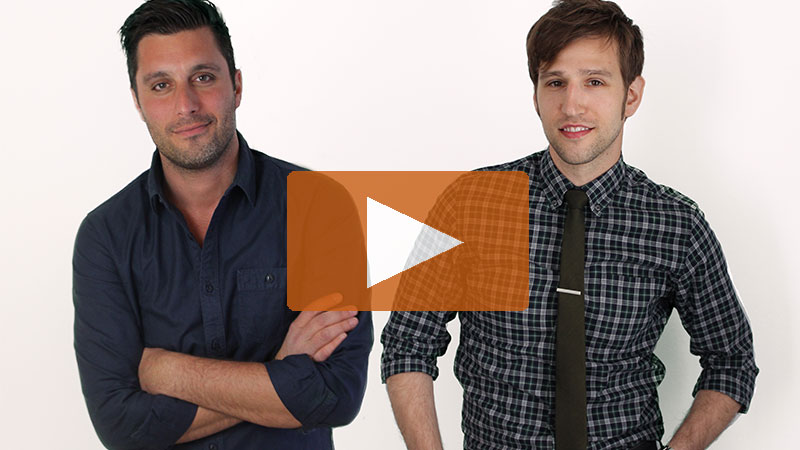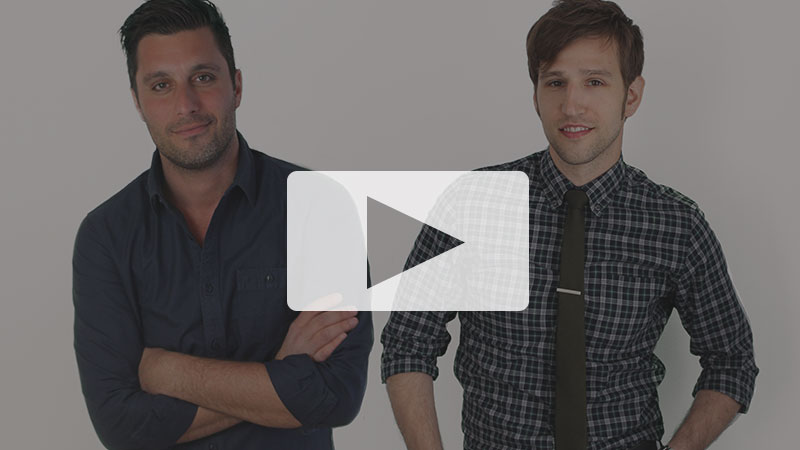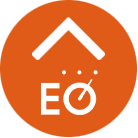
By Brian Scudamore, an EO Vancouver member and founder of O2E Brands
It’s a new year and everyone’s full of resolutions – eat right, spend less, hit the gym. But busy entrepreneurs coping with budget meetings, bursting schedules and running a business may have a hard time staying focused.
As someone with ADD, staying on task has always been a challenge for me, even before overflowing inboxes and smartphones became distractions. With a company that employs hundreds of people and works with thousands of franchise partners, focusing has only gotten harder.
I’ve had to learn to tame distractions, so I can concentrate on the important things – like growing my brands and recruiting awesome people. For anyone looking to increase their productivity in 2016, these are my best hacks for clearing obstacles and getting down to business.
The art of delegation
It was several years into running my first company, 1-800-GOT-JUNK?, before I figured out I couldn’t do everything. Working 80 hours a week, staying in the office until midnight, and micro-managing every task was counterproductive – and often just made things worse.
Jack Welch, former CEO of General Electric, said, “Always err on the side of delegation,” and that sentiment has become my most important productivity hack. When I started to delegate, I discovered that my team rose to the challenge because they felt inspired by the trust I placed in them.
After mastering the art of delegation, I have far fewer emails and much more time to pursue life goals. My productivity skyrocketed because I was able to focus on strategy and big-picture items that pushed the company forward. And it turns out that giving increased responsibility to my team enabled them to expand their skillsets, too.
Keep it (very) simple
In my mind, keeping things simple is incredibly important in business, whether it’s drafting a business plan, developing a sales pitch or outlining a project. It’s easy to put lots of details and ideas down on paper, but diluting them into a succinct, straightforward system is surprisingly difficult. However, simplifying processes so everyone can understand is worth it.
Over the years, I’ve seen that if a business practice can’t be reduced to one side of a single page, it’s overly complicated and it probably won’t work very well. When processes are outlined on one page, goals and expectations are easier to understand. With hundreds of franchise partners operating around the world, I’ve found that having crystal-clear systems is essential to smooth operations and sustainable growth.
Tame the evils of e-mail
Did you know that the average “knowledge” worker spends 28% of their workweek managing e-mail alone? That means you’re spending more than one day every week organizing your inbox!
Overcoming this time-sucking obstacle is key to productivity, and there are lots of tools out there to help. Author of The 4 Hour Workweek Tim Ferris recommends checking your e-mail just twice a day. Apps like Sanebox can intelligently prioritize your messages. Many CEOs follow the three-sentences rule, limiting e-mail responses to 140 characters (about the same as a Tweet) – anything longer requires a phone call.
Personally, I start by getting rid of the fluff with filters that tailor hundreds of emails down to a few dozen critical ones. These are then batched into three separate folders: personal, end-of-day and end-of-week.
I leave things in the personal folder until after work, but check on the end-of-day folder periodically throughout the day. When the time comes to slog through my end-of-week folder, I turn off my cellphone and focus until it’s empty. It’s the digital equivalent of clearing the paperwork off my desk before heading out for the weekend.
Define your days
LinkedIn CEO Jeff Weiner is known for blocking off a couple of hours a day to do nothing but think. He says this time is “absolutely necessary” to focus on strategy.
A few years ago, I took this idea one step further, dedicating a whole day to set new goals, develop ideas and just stopping to think. To be honest, taking Mondays for this purpose felt like an indulgence at first. Now, it’s hard to imagine my life without this time to reflect, plan and dream.
Mid-week is designated for more focused tasks, when I concentrate on getting things done and addressing day-to-day needs. Friday is my free or flex day, which I use to catch up on those crazy emails or take time out for family. I realize that not everyone has the luxury to define their days like this. But if we don’t set aside time to reflect and plan each week, day-to-day demands simply take over.
Productivity comes in many forms. Of course, sitting at your desk – distraction-free – and ticking off your day’s tasks is important. Without finding ways to manage this effectively, I wouldn’t be where I am today. But my ADD has been a blessing, too. Being distracted by the next shiny object is actually a virtue if you’re an entrepreneur, helping you spot trends and see opportunity before everyone else catches on.
#EOlooksforward to the new calendar year, with posts, pictures and videos citing upcoming technologies and inspiration for entrepreneurs in 2016. Follow us on Facebook, Twitter, Instagram and LinkedIn for daily posts!
Categories: Best Practices FINANCES international members Productivity




